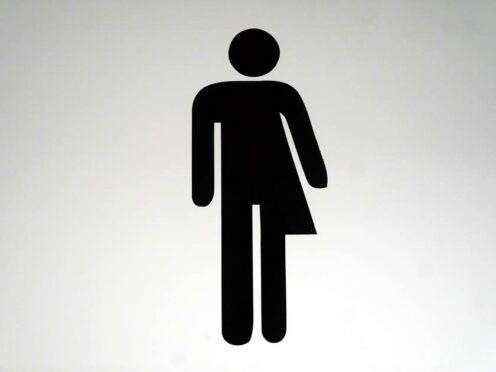
Patients have been promised “continuity of care” when new gender clinics for children in England open next month amid reports of concerns from staff.
The Gender Identity Development Service (Gids) run by the Tavistock and Portman NHS Foundation Trust is due to close by the end of the week, with two new NHS services opening in early April.
The BBC reported that it has seen leaked emails detailing concerns among hospital executives worried about the cancellation of appointments, patients lacking information, and poor communication with the new services.
The closure of the service at the Tavistock – which had come under repeated scrutiny – was prompted by a review which said there is a need to move away from one unit and recommended the creation of regional services to better support youngsters.
The review, led by Dr Hilary Cass, followed a sharp rise in referrals to Gids, with more than 5,000 referrals in 2021/22 compared with just under 250 a decade earlier.
Dr Cass’s interim report, published in February 2022, pointed to a lack of long-term evidence and data collection on what happens to children and young people who are prescribed medication.
She added that Gids had not collected routine and consistent data “which means it is not possible to accurately track the outcomes and pathways that children and young people take through the service”.
Her final report is expected in the coming weeks.
The new services, led by London’s Great Ormond Street Hospital and Alder Hey Children’s Hospital in Liverpool, are hoped to be the first of up to eight specialist centres as part of the North and South hubs over the next two years.
The NHS has said children attending these clinics will be supported by experts in neurodiversity, paediatrics and mental health, “resulting in a holistic approach to care”.
An NHS England (NHSE) spokesman said: “In line with the Cass Review, NHS England took the decision to close the Gids at the Tavistock and set up a fundamentally different and improved approach to children and young people’s gender services.
“This transition is a complex piece of work which is why we have ensured every family has received a letter informing them of the changes, patients will see continuity of care when the new services come on line from April, and all patients waiting will be offered a local mental health assessment if they want it with extra national resource provided to ensure the best possible support.”

John Stewart, national director of specialised commissioning at NHSE, has previously acknowledged that recruitment of staff for the new service has not been straightforward.
Earlier this month, he told the PA news agency: “The speed and pace at which the clinics will be able to see new patients off the waiting list is in large part going to be dependent on how successful their ongoing recruitment into the service is, and that is not straightforward.”
It is understood that while recruitment for the new services is not fully complete, the regional hubs will be in a position to take responsibility for patients from April 1.
Around 250 patients are expected to be transferred to the clinics from Gids when they open.
Some 5,000 more children and young people are on the waiting list for referral into the new clinics.
In recent weeks NHSE confirmed children will no longer be prescribed puberty blockers at gender identity clinics.
NHSE said it had concluded there is not enough evidence to support the safety or clinical effectiveness of puberty blockers to make the treatment routinely available.
Puberty blockers, which pause the physical changes of puberty such as breast development or facial hair, will now only be available to children as part of clinical research trials.
The Government said it welcomed the “landmark decision”, adding that it will help ensure care is based on evidence and is in the “best interests of the child”.

Enjoy the convenience of having The Sunday Post delivered as a digital ePaper straight to your smartphone, tablet or computer.
Subscribe for only £5.49 a month and enjoy all the benefits of the printed paper as a digital replica.
Subscribe